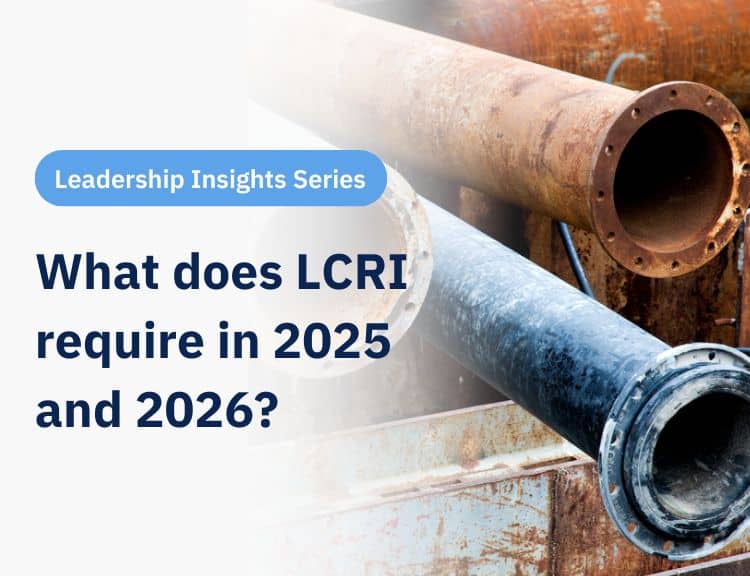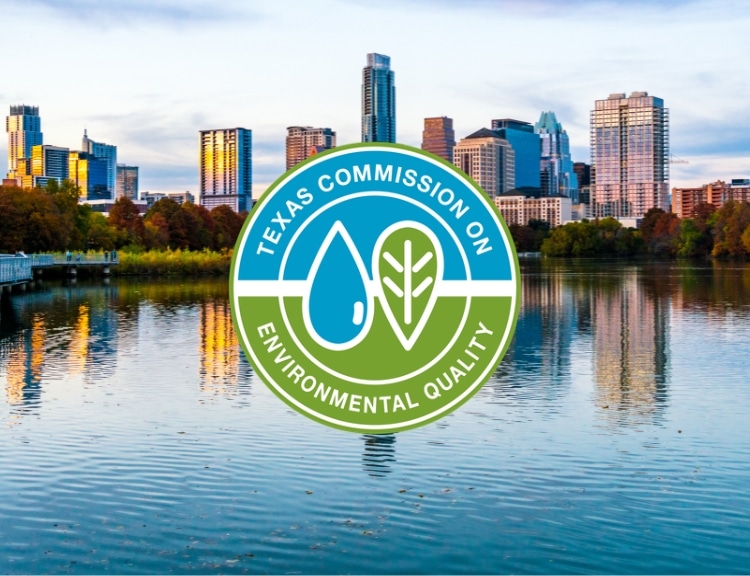Editor’s note: BlueConduit recently hosted a webinar around state-specific LSLI compliance and the upcoming inventory submission deadline of Oct. 16. In this series, we detail some of the questions we received.
Does your water system have to have known lead for predictive modeling to be effective?
Using predictive modeling as it relates to identifying the likelihood of lead service lines can feel like a daunting task. How can you be sure that you’re accurately predicting the presence of lead (or lack thereof) in your system? Do you have to have found lead already in order for the predictions to be effective?
In short, the answer is yes and no.
When we talk about predictions for lead service lines, we use predictive modeling using a machine learning predictive model. That means we must have true positives, whether that’s a galvanized line, a lead service line or even a lead gooseneck. This is why we ask our clients to complete a specific number of representative field verifications as part of our predictions – we must have true positives in order for our model to accurately predict the likelihood of lead using machine learning.
BlueConduit also offers a no-lead validation approach, which uses a slightly different method. For utilities that are looking to validate unknown service lines in low- or no-lead systems, we use statistical analysis to deliver the results. In this case, we use known service line materials, combined with a representative sample, to show the statistical likelihood of lead (or, in this case, of no lead) across the full system.
Understanding the ins and outs of statistics and data science is nuanced and can be difficult to keep track of! That’s why our expert data scientists are here to help our clients understand exactly what we are doing with the data they give us and why we employ the methods we do. We’re here to help you get right to the point of data analytics: Making decisions that positively impact the communities you serve in an efficient, equitable and cost-effective way. Contact us to learn more.






